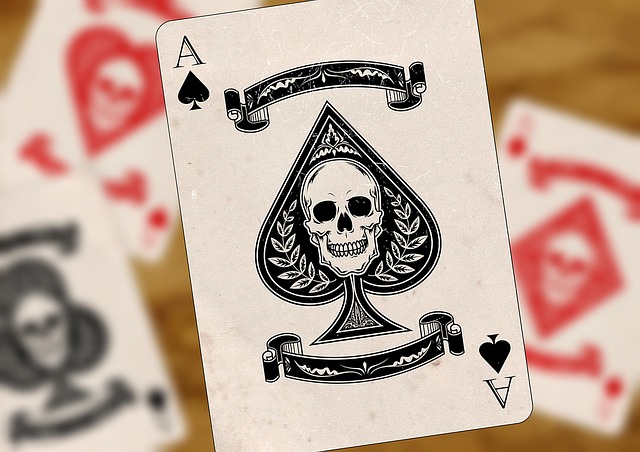The critical skill no one teaches

The ability to judge risk is critical to the long game of self defense. (As it happens, it’s also critical to efficient preparedness, investing your retirement funds wisely, and the choice between flying or driving to your vacation destination.) Yet, despite its importance, it’s very rarely talked about — especially in the self defense community.
“You never know where evil will strike!”
While it’s true that evil can strike anywhere, anytime, the reality is that it strikes more often in some places and under some circumstances than others. Cancer, too, can strike anyone anywhere, and yet there are certain behaviors (and genetic predispositions) which make it more likely with some people than with others. The smart ones alter their behaviors to avoid both evil and cancer, while simultaneously understanding that there is no such thing as complete protection.
By assessing our overall risk, and the risk of specific behaviors and activities, we can take reasonable, prudent steps to reduce the chances of being victims of either cancer or evil. We can’t absolutely eliminate the chance, but we can significantly alter our own probability of facing either (and more.)
This, I think, is why so many people avoid this whole business of risk assessment: they want complete assurance, but we can’t predict anything with absolute accuracy. There will always be a certain amount of unpredictability, and a lot of folks can’t deal with that. They want black and white, not grey. The trouble is that the world is mostly made up of greys.
Playing the game is safer when you know how
If you’re getting the idea that life is uncertain, congratulations! It is. Life is all about percentages and probabilities, and all we can do is nudge the odds in our favor now and again through our choices and actions. Despite our best efforts, sometimes things happen that we can’t predict. It’s for those times that we have lifesaving tools like trauma kits, fire extinguishers, and lawfully wielded firearms.
What we shouldn’t do is allow ourselves to behave as though those items are all the protection we need. I call them “terminal tools” — the things we use when everything else has failed and we have no other recourse. Risk assessment should lead us to avoiding the need to use terminal tools in the first place; our training should provide us with the ability to use them judiciously and efficiently when we need to.
The kicker is that if you can’t assess the risk, you can’t avoid it. That means you’re essentially flying blind.
The defensive firearm, for instance, is the tool for those rare times when, despite our best efforts, we find ourselves faced with evil and have no other way to prevent our death (or the death of other innocents.) We can and should, however, live our lives in ways that make it less likely to even need one. We can make better choices in where we go, what we do, and who we hang around with. We can think in terms of prevention before response, and alter those aspects of our lives which needlessly expose us to identifiable danger.
The danger avoided is always better than the danger confronted, because there’s no guarantee that we’ll be successful in the confrontation.
You have to make the effort
Assessing risk needs to happen at all levels of defensive preparedness. I talk about this at some length in my book Prepping For Life, where I take the reader through a systematic way of assessing long-term risk. The same type of assessment needs to happen on a day-to-day, and sometimes even a minute-to-minute, basis.
This doesn’t come naturally. We have to force ourselves to do it, to consider what the possible danger is, how it might impact us, and finally what it’s going to require in terms of action to avoid. Ralph Mroz recently wrote about this topic and proposed a low-overhead idea of judging risk in the moment; it’s actually not a bad approach and worth considering.
The key, though, is that you have to actually do it. There’s really no magic in the process; it doesn’t matter so much how you do it, but simply that you do. The value comes not from how precise or comprehensive the assessment is, but from the fact that it’s being done at all. The more you do it, the easier it becomes — but you have to force yourself to do it until it becomes a habit.
It’s that habit which will enhance your overall safety, not what you’re carrying on your belt.
I’ll leave you with this to ponder: if someone can’t, or won’t, assess risk, can he/she reliably assess the need to use deadly force when faced with a problem?
– Grant Cunningham
Listen to this blog – and subscribe to it on iTunes by clicking this link!
- Posted by Grant Cunningham
- On October 15, 2018

